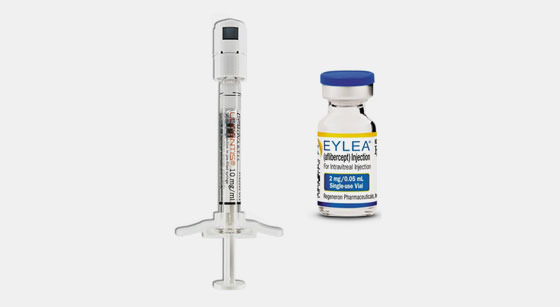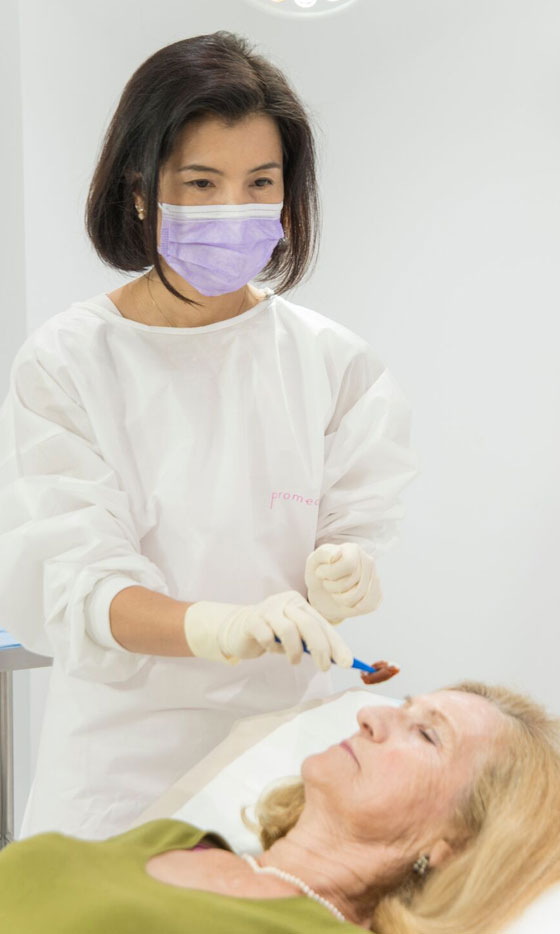An intravitreal injection is a surgical procedure where a substance is injected into the jelly-like material (vitreous) that fills the back part of the eye. Injecting into this area of the eye means we can provide medication right where it’s needed, which is usually the retina.
Intravitreal injections are now routinely used for various eye diseases. The most common disease treated with intravitreal injection is macular degeneration.
Intravitreal injections often need to be repeated, especially when treating ongoing conditions.
Although an injection in the eye can seem scary, it’s a safe and common technique. Intravitreal injections are actually the most commonly performed medical procedure in the United States!


Who is an intravitreal injection suitable for?
Intravitreal injections are performed in people with a range of eye diseases such as:
- Age-related Macular Degeneration
- Macular oedema from Diabetic Retinopathy
- Retinal vein occlusions
- Endophthalmitis
- Cystoid macular degeneration
- Choroidal neovascular membrane (secondary to many retinal diseases)
As with any surgery, there are both benefits and risks. Your eye specialist can talk to you about your individual needs and whether intravitreal injections are right for you.
What happens during an intravitreal injection?
Intravitreal injections are performed under local anaesthetic. You will be awake during the procedure but you won’t feel any pain.
Like other surgical procedures, intravitreal injections are performed using aseptic (sterile) technique. Your eye will be cleaned with an antiseptic and your eyelids will be held open with a small speculum. Your eye specialist will then use a very fine needle to inject medication into eye.
What happens after an intravitreal injection?
There is likely to be some redness of the white of the eye where the needle went in. This will usually resolve within a week.
Your eye may feel gritty after the anaesthetic wears off. This feeling will go away after a few hours. Lubricating drops or a mild analgesic may be used if the feeling is very uncomfortable.
You may also experience ‘vitreous floaters’ that cause temporary visual disturbances.
The risk of complications is very low. Your eye specialist will provide you with instructions on what to expect after an intravitreal injection and what to do if there is an issue.
